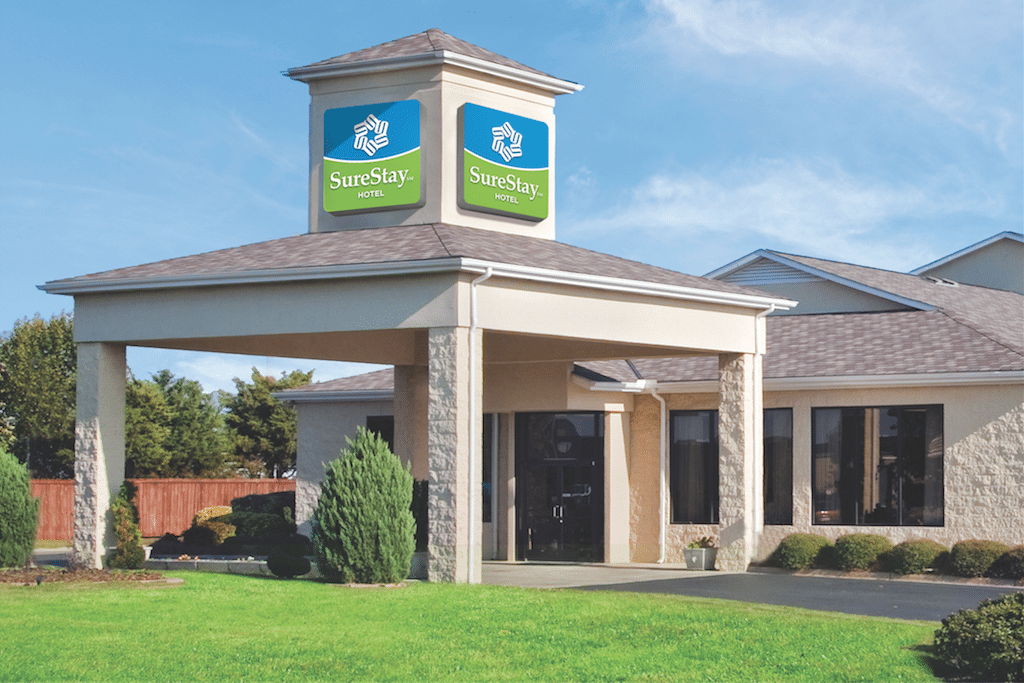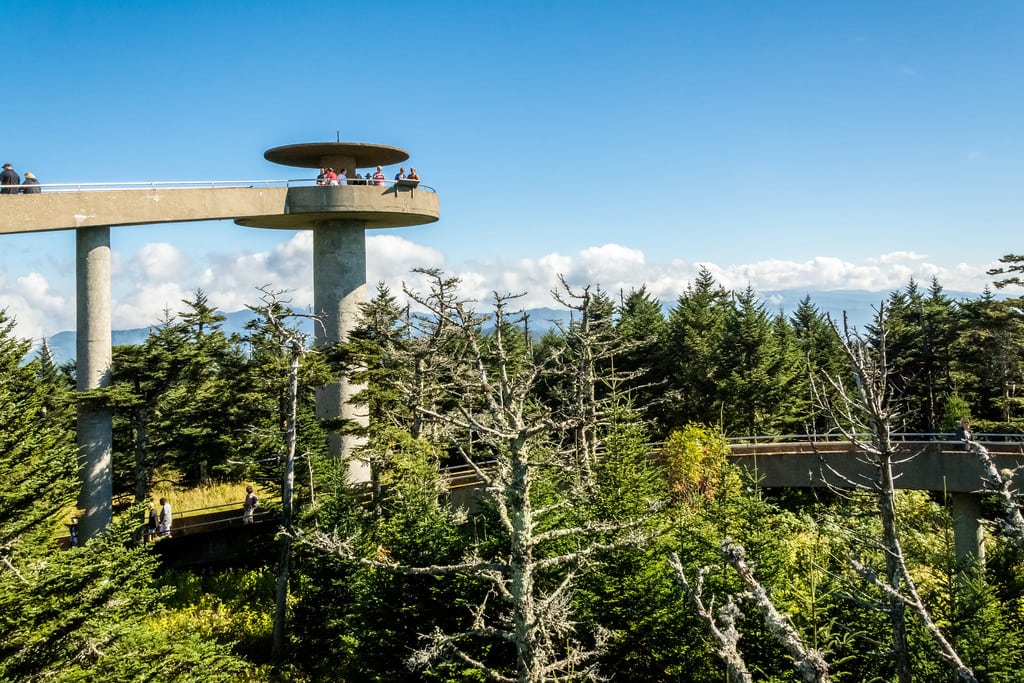Seeking Scale, Best Western Debuts a New 'White-Label' Brand

Skift Take
For the first time in its 70-year history, privately held Best Western Hotels & Resorts is getting into the franchise business by applying a traditionally retail business — white labels — to the hotel industry.
Similar to how some manufacturers might sell a white-label product to certain retailers, SureStay Hotels Group will be a white-label hotel product. SureStay will operate as a separate subsidiary of Best Western, allowing individual hotel owners to have access to Best Western's infrastructure (sales, marketing, revenue management, training, their own website, etc.) and distribution channels, without having to adhere to stricter Best Western hotel standards or pay as much as they would for a management agreement.
There's no mention of Best Western in any of the hotels, and SureStay will also have its own website and mobile app.
Within SureStay, there are three brands to choose from — SureStay Hotel (Premium Economy), SureStay Plus Hotel (Lower Midscale) and SureStay Signature Collection (Midscale Soft Brand).
Of the name, CEO David Kong told Skift, "These segments don't provide much assurance to consumers out there — there's no comfort or reassurance because it's basically a price buy. We have to differentiate ourselves through superior customer care and provide that reassurance whether it's through TripAdvisor ratings or our SureStay Promise."
According to Kong, SureStay's launch has a lot to do with scale. At the moment, Best Western has 4,100 hotels in more than 100 countries, spread out over seven different brands, most of which are midscale to upscale. But there's always an opportunity to grow, especially in the economy space.
"If you have a lot of hotels you have more revenue to spend — better support, investments in technology and more sales and marketing, and greater cost efficiencies because of economies of scale," Kong told Skift. "With more hotels, you can negotiate better commission terms with OTAs [online travel agencies]. There are huge benefits to scale."
Kong said, "If you look at the hotel universe out there, there are 17,000 branded and 12,000 unbranded hotels in the economy and midscale segments. That's a huge universe and potential for us to tap into."
He said SureStay was designed to be a "migration path" for hotels that want to be more independent without having to meet Best Western's design requirements or brand standards but "still find a home within the family." And because there are some risks to entering the economy segment, and concerns about compromising Best Western's other brands' images and equity, the company decided to pursue the white-label approach instead.
"This announcement is bold in several ways, a couple of firsts in the industry," Kong said. "It's the first time we are doing franchising and tapping into the economy segment. It's bold in many ways."
Appealing to Franchisees
SureStay's challenge will be to get a franchisee hotel to choose it over another option for economy to midscale hotels, like Choice Hotels' EconoLodge or Sleep Inn or Wyndham's Super 8 or Days Inn brands.
"In our case, it's a nice niche," Kong said. "Our fees are going to be right in the middle, but Best Western has had such good success driving revenue to our hotels, and we're known for our support, training, education, revenue management, and procurement — all these services that we provide. The hotels that are joining SureStay will benefit tremendously from that relationship. They can count on the award-winning revenue engine, our superior sales and marketing, and our support through Best Western and they don't have to pay a lot. They save a lot on OTA [online travel agency] commissions."
"We have a different fee model," Kong explained. "Best Western is a membership association so our membership fee has a fixed per room fee. SureStay is a fee model that's for profit, it's a percentage of gross room revenue."
To qualify for SureStay, hotels need to obtain and maintain a TripAdvisor score of 3.5 or higher and adhere to the SureStay Service Promise, which isn't a property improvement plan, but ensures that franchisees continually maintain their properties to certain standards of quality. They also have to agree to unannounced inspections and some brand-wide standards that relate to things like the type of TV, high-speed Internet connection, and breakfast. "Things that are truly important to today's travelers," said Kong.
The franchise agreement that franchisees sign to be a part of SureStay also adheres to the Asian American Hotel Owners Association Fair Franchising Principles. These include options for early termination dates with no liquidated damages, the ability to sue the vendors of their choosing, protection from competition, and having a voice in the direction of the brand. "We want to work with them as a partner to improve things for them," Kong said.
Another reason why franchisees might be drawn to SureStay, he said, also relates to the opportunity for corporate travel contracts.
The Challenges of Building a Brand From Scratch
"To start a brand from scratch is really difficult," Kong said. "We're doing everything we can to make sure those hotels are highly successful."
A recent case in point from Best Western's own portfolio is its midscale urban boutique hotel brand, Vib. Originally announced in October 2014, there were eight properties under development as of March 1 that are expected to open by the end of this year, and eight more in the pipeline.
By comparison, Hilton's midscale, Millennial-friendly Tru by Hilton brand, which was announced this January, already has 120 hotels in the pipeline and the company expects its first hotel to open by early 2017. Like SureStay, it also operates on a franchise model.
To encourage franchisees to sign agreements, SureStay Hotels is giving special incentives to the first 100 hotels and will also provide extensive support, especially during their first 100 days.
As of Sept. 30, Kong said Best Western had 20 signed letters of intent and since announcing SureStay at The Lodging Conference last week, Best Western has 700 active leads. The company hopes to have 150 hotels online within three years and 800 by 2026.
Further ahead, Best Western will also have to decide if it will eventually give its 26 million Best Western Rewards loyalty members access to earn and redeem points at SureStay. Kong said they haven't made a decision just yet as to whether the Best Western Rewards program and the SureStay loyalty program will be aligned to allow for more redemption and earning opportunities.
"[That idea] seems to create synergies and, therefore, benefits but we need to wait about a year or so to have that conversation," he said.




